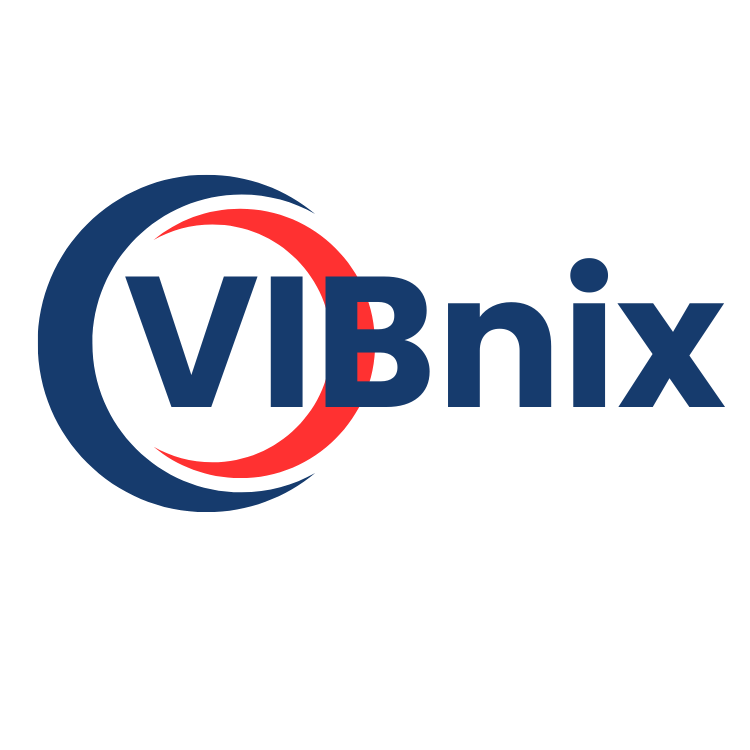Navigating the Hot-Melt Adhesives Market Landscape: Size, Share, and Growth Trajectories
Market Overview
Global Hot-Melt Adhesives Market size and share is currently valued at USD 9.28 billion in 2024 and is anticipated to generate an estimated revenue of USD 12.59 billion by 2034, according to the latest study by Polaris Market Research. Besides, the report notes that the market exhibits a robust 3.1% Compound Annual Growth Rate (CAGR) over the forecasted timeframe, 2025 - 2034
Hot-melt adhesives are thermoplastic materials that are solid at room temperature and become tacky when heated. These adhesives are widely recognized for their fast bonding capabilities, clean application, and lack of solvent use, making them a preferred choice in numerous manufacturing processes. Once applied and cooled, HMAs create a strong, durable bond across a wide range of substrates including paper, metal, plastics, fabrics, and wood.
Industries favor hot-melt technology for its cost efficiency, minimal environmental impact, and adaptability in high-speed production lines. Unlike traditional water- or solvent-based adhesives, hot-melt adhesives do not require drying or curing time, resulting in enhanced productivity and reduced energy consumption. As demand grows for cleaner, faster, and more reliable adhesive solutions, hot-melt adhesives continue to gain prominence across the global market.
Key Market Growth Drivers
One of the most influential drivers of the hot-melt adhesives market is the rapid expansion of the packaging industry. With the rise in e-commerce and consumer goods consumption, the demand for secure, tamper-proof, and efficient packaging has surged. HMAs offer strong adhesion on corrugated boxes, paperboard, and flexible packaging, making them indispensable in packaging applications ranging from food and beverage to personal care and pharmaceuticals.
Environmental regulations and growing emphasis on sustainable manufacturing are also boosting demand for hot-melt adhesives. These adhesives are free from volatile organic compounds (VOCs) and solvents, making them safer for both workers and the environment. The increasing global focus on eco-friendly and recyclable packaging materials is pushing manufacturers to adopt hot-melt technologies that align with circular economy principles.
In the automotive sector, HMAs are used for interior trim assembly, headlamp sealing, and wire harness bonding due to their ability to provide strong adhesion under varying temperature conditions. With growing vehicle production and a shift towards electric vehicles, the need for lightweight and high-performance bonding solutions is further accelerating demand.
Construction and woodworking industries are also major contributors to market growth. Hot-melt adhesives are widely used in flooring, insulation, window assembly, and cabinetry. Their fast curing time and resistance to moisture and temperature fluctuations make them ideal for modern construction applications.
The advancement of product formulations is another growth catalyst. Innovations in polymer chemistry have led to the development of pressure-sensitive and reactive hot-melt adhesives with improved flexibility, thermal stability, and compatibility with newer substrates. These advancements allow manufacturers to cater to a broader range of applications and meet diverse customer needs.
Market Challenges
Despite the optimistic outlook, the hot-melt adhesives market is not without its challenges. One of the major concerns is the fluctuation in raw material prices, particularly resins and polymers like ethylene-vinyl acetate (EVA) and polyurethane. Supply chain disruptions and geopolitical tensions can significantly impact production costs and profit margins for adhesive manufacturers.
Thermal sensitivity is another issue that limits the application of hot-melt adhesives in high-temperature environments. While HMAs offer excellent bonding under normal conditions, their performance may degrade in extreme heat, which poses limitations in some industrial and outdoor applications.
Additionally, the market faces competition from other types of adhesives, including solvent-based and water-based adhesives, especially in applications where longer open times or resistance to high temperatures are crucial. End users must weigh factors such as performance, cost, and environmental impact when choosing the most appropriate adhesive technology.
Adapting to changing regulatory frameworks around chemical safety and sustainability also presents a challenge. Manufacturers must invest in research and development to ensure their products comply with emerging environmental standards while maintaining performance and cost efficiency.
𝐄𝐱𝐩𝐥𝐨𝐫𝐞 𝐓𝐡𝐞 𝐂𝐨𝐦𝐩𝐥𝐞𝐭𝐞 𝐂𝐨𝐦𝐩𝐫𝐞𝐡𝐞𝐧𝐬𝐢𝐯𝐞 𝐑𝐞𝐩𝐨𝐫𝐭 𝐇𝐞𝐫𝐞:
https://www.polarismarketresearch.com/industry-analysis/hot-melt-adhesives-market
Regional Analysis
Asia-Pacific holds the largest share of the global hot-melt adhesives market, driven by strong demand from packaging, automotive, and construction sectors in countries such as China, India, and Japan. The region's booming manufacturing base, rapid urbanization, and expanding middle-class population are key factors contributing to market growth. China, in particular, is a major consumer and producer of hot-melt adhesives, supported by government initiatives and investments in infrastructure and industrial development.
North America represents a mature yet dynamic market, with continued adoption of HMAs in advanced packaging technologies and green building materials. The U.S. sees significant demand from both the consumer goods and automotive industries. Additionally, stringent environmental regulations in the region favor the use of solvent-free adhesive technologies, further supporting market expansion.
Europe is another prominent region, with Germany, France, and the UK leading in the adoption of high-performance and eco-friendly adhesive solutions. The European market benefits from a well-established manufacturing sector and strong regulatory support for sustainable products. Demand for bio-based hot-melt adhesives is particularly growing in this region as sustainability becomes a core priority for businesses and consumers.
The Middle East & Africa and Latin America are emerging markets with growing potential. Increased industrialization, rising disposable income, and development of local manufacturing capacities are driving demand for HMAs in these regions. The packaging and construction industries are expected to be major contributors to growth in these markets over the coming years.
Key Companies
The hot-melt adhesives market is highly competitive, featuring a mix of multinational corporations and regional players focusing on product innovation, quality, and sustainability. Key companies operating in the global market include:
- 3M
- Arkema
- Ashland
- Avery Dennison Corporation
- Dow
- Exxon Mobil Corporation
- H.B. Fuller Company
- Henkel AG & Co. KGaA
- Jowat SE
- Sika AG
Conclusion
The global hot-melt adhesives market is on an upward trajectory, driven by demand for efficient, sustainable, and fast-curing bonding solutions across multiple industries. While challenges such as raw material volatility and thermal limitations persist, ongoing innovations and expanding applications are paving the way for continued growth. As environmental concerns and operational efficiency gain prominence, hot-melt adhesives are set to play an increasingly vital role in shaping the future of manufacturing and product development worldwide.
More Trending Report:
Active Calcium Silicate Market
Advanced Carbon Materials Market
South East Asia Polyurethane Adhesives Market
- Vibnix Blog
- Politics
- News
- Liberia News
- Entertainment
- Technology
- Onderwijs
- Art
- Causes
- Crafts
- Dance
- Drinks
- Film
- Fitness
- Food
- Spellen
- Gardening
- Health
- Home
- Literature
- Music
- Networking
- Other
- Party
- Religion
- Shopping
- Sports
- Theater
- Wellness


